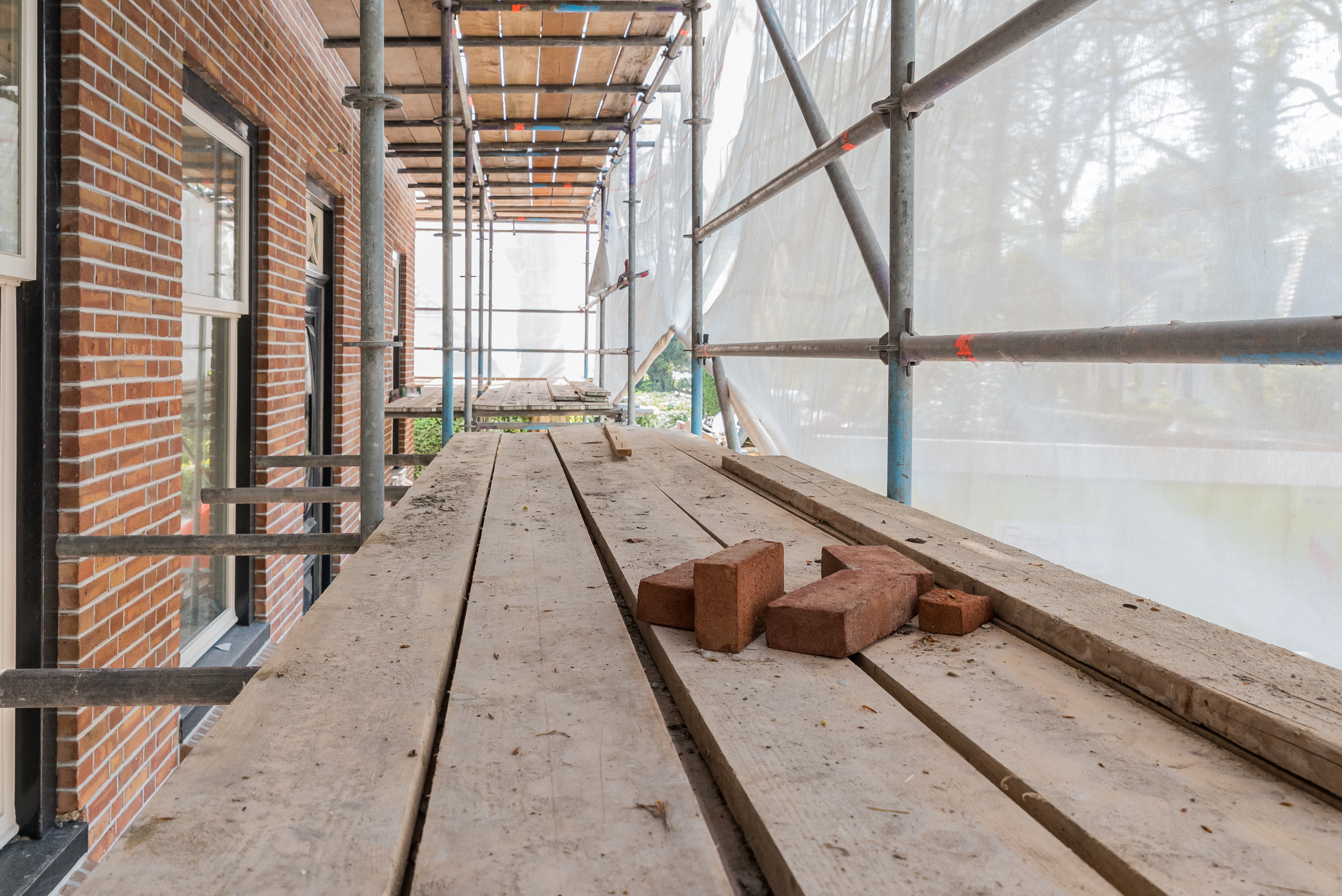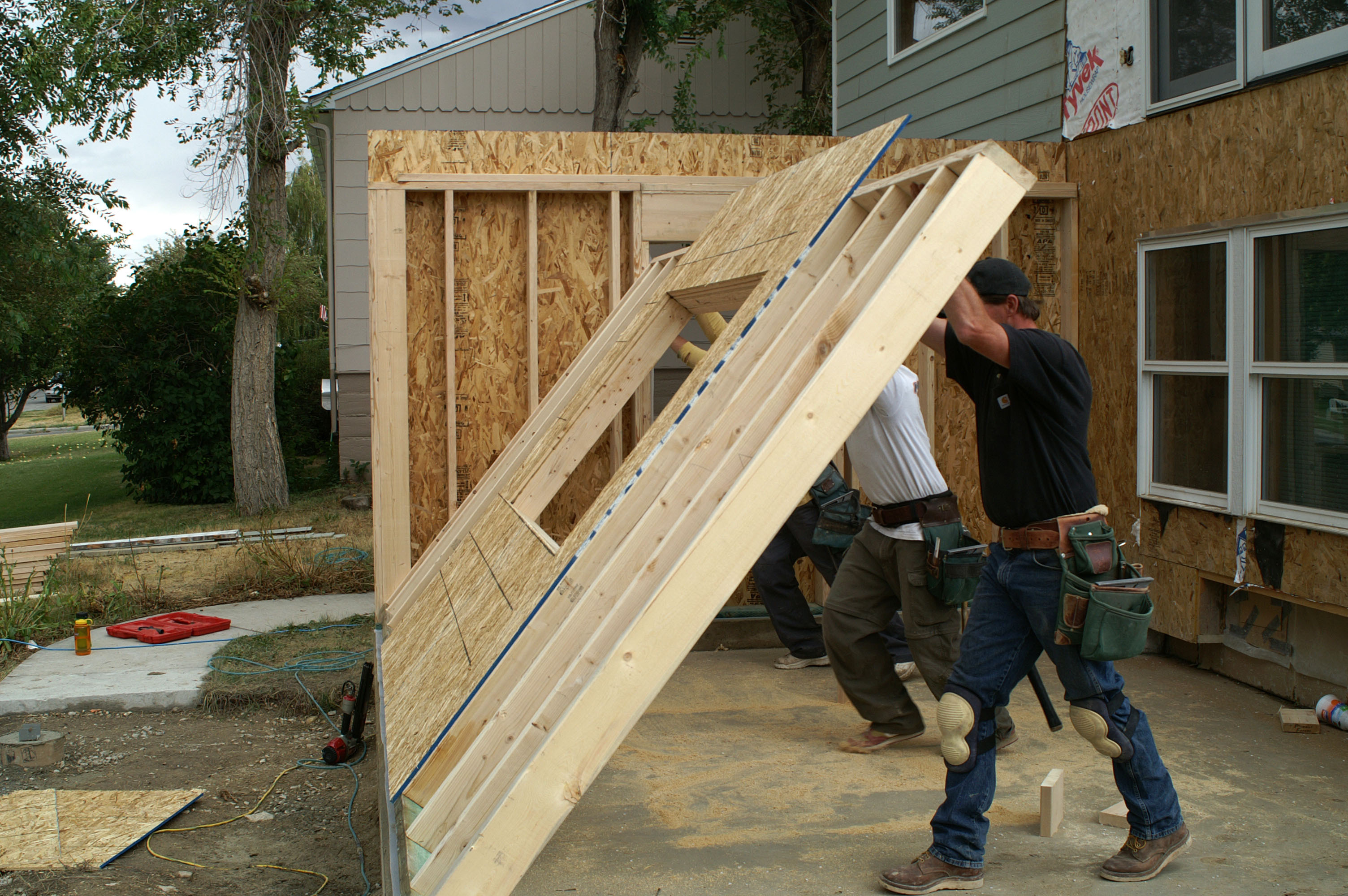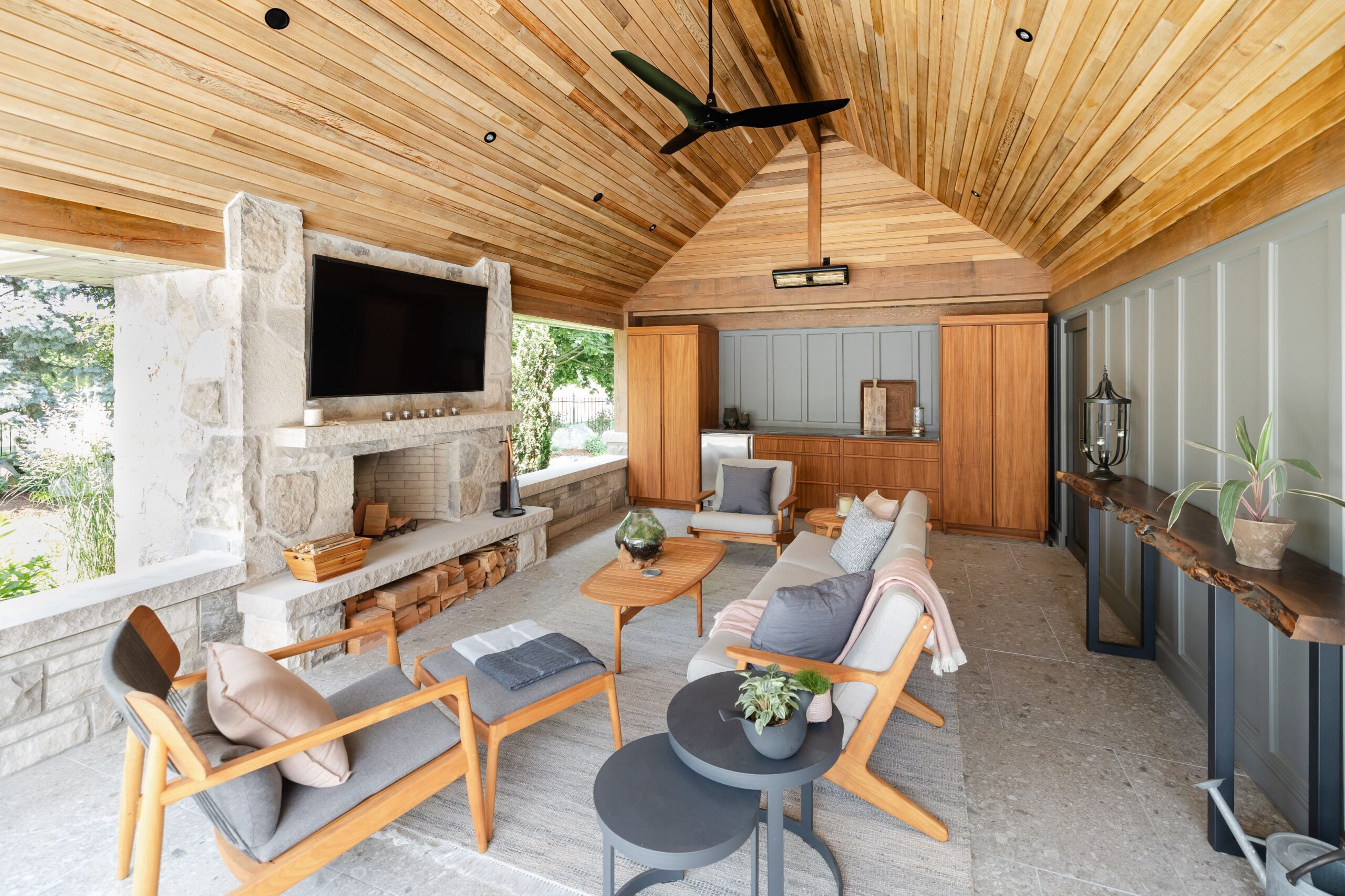

By Dave Farris of Whitehall Homes & Construction
When you embark on a large renovation project where you want to increase your living space, one of your first questions should be, “Do we want to add an addition to our existing home?” or “Do we want to demolish and start fresh?” There are many things that need to be considered when making this decision, such as your budget, the quality of your existing home, and regulatory approval process.
Reasons to add an addition to your existing home:

1. You are looking to add a little living space. In cases like this, you may want to extend the rear of the house to help make your ground floor living area larger. A small and simple addition is a practical way of creating more living space.
2. You want to add a second story to your bungalow, and the structure can handle the additional load. By building a simple vertical addition you can avoid costly work like a new foundation, poor soil conditions, and impact to existing landscaping.
3. Regulatory issues such as heritage or site density restrictions can present a challenge and often extend a project’s timeline. Municipal regulations or approval uncertainties may mean a simpler approach to additional floor space.
Reasons to demolish and build a new home:
1. The structure isn’t strong enough to handle a second-floor addition. A lot of older bungalows are built with very little structure on the ground floor. This would include exterior walls that don’t meet today’s building standards for supporting a second floor. In this case, you would have no choice but to undergo a costly and invasive structural upgrade, or build new.
2. The quality of your existing home may be too costly to repair. When a home has undergone a series of renovations, there may be several construction challenges to be dealt with before creating the new envelope. Other considerations are a damp basement, the state of services (water, sanitary, and hydro) to the home, or general quality of existing finishes.
3. The layout of the house you want is dramatically different from the one you currently have. There is a tilting point where the amount of work to create new or different overwhelms the savings of working with existing. Working with an existing structure generally means losing the opportunity for higher ceilings or a fresh start on floorplans. It can quickly become more favourable to build a new home.
4. A strong factor in the matrix of evaluators for decision making is location. Aside from the amount of work or time commitment, staying in the same place feels right.

This week’s question comes to us by Peter R. who lives in Oakville:
Hi, my wife and I are living in a small bungalow in old Oakville and are trying to decide whether a major renovation or complete re-build would be best. We are on a flood plain and have some restrictions per Halton Conservation Authority but have been advised that we can increase living space by up to 50% of total livable space. What are the key considerations for us?
In my experience, there are important facets and questions to consider in old Oakville.
First is the municipal approval process. As you noted, Halton Conservation Authority is one of the early reviews. You’ll need their opinion before moving forward- sounds as though the flood plain is one limiting factor. Historical review, depending on where you are in Old Oakville, will involve further review. To find out if your property is on the Register please visit the Oakville.ca website. Depending on Zoning and setback guidelines, you may end up working within the same footprint as the existing house.
Another concern is with the overall condition of your current home. Does it have “good bones”? If it doesn’t have the appropriate structure, or if there was previous work undertaken that now needs to be corrected before moving forward, it will add cost, time, and resources to the project. In some cases, it becomes easier to demolish and build new, rather than deal with extensive repairs and at the same time be restricted by existing layouts and wall heights.
Ultimately it could come down to the neighbourhood. Will the final product work in the neighbourhood? Does the added investment add full value to the property? Sometimes only a new build will match up with land value.
If this column has generated any thoughts or questions regarding a past or future renovation please send your questions to RenoMark@bildgta.ca and look for our answers to your questions in the next Ask a RenoMark Renovator column. We look forward to hearing from you.
Dave Farris, President Whitehall Homes, has been a Renovator and Custom New Home Builder for over 25 years, working with great Clients in the Oakville, Burlington, and Mississauga regions. Dave has been a member of BILD since 2004. Follow Whitehall on Instagram as @whitehall_homes, Facebook as @WhitehallHomes or check out their projects at www.whitehallhomes.ca.



